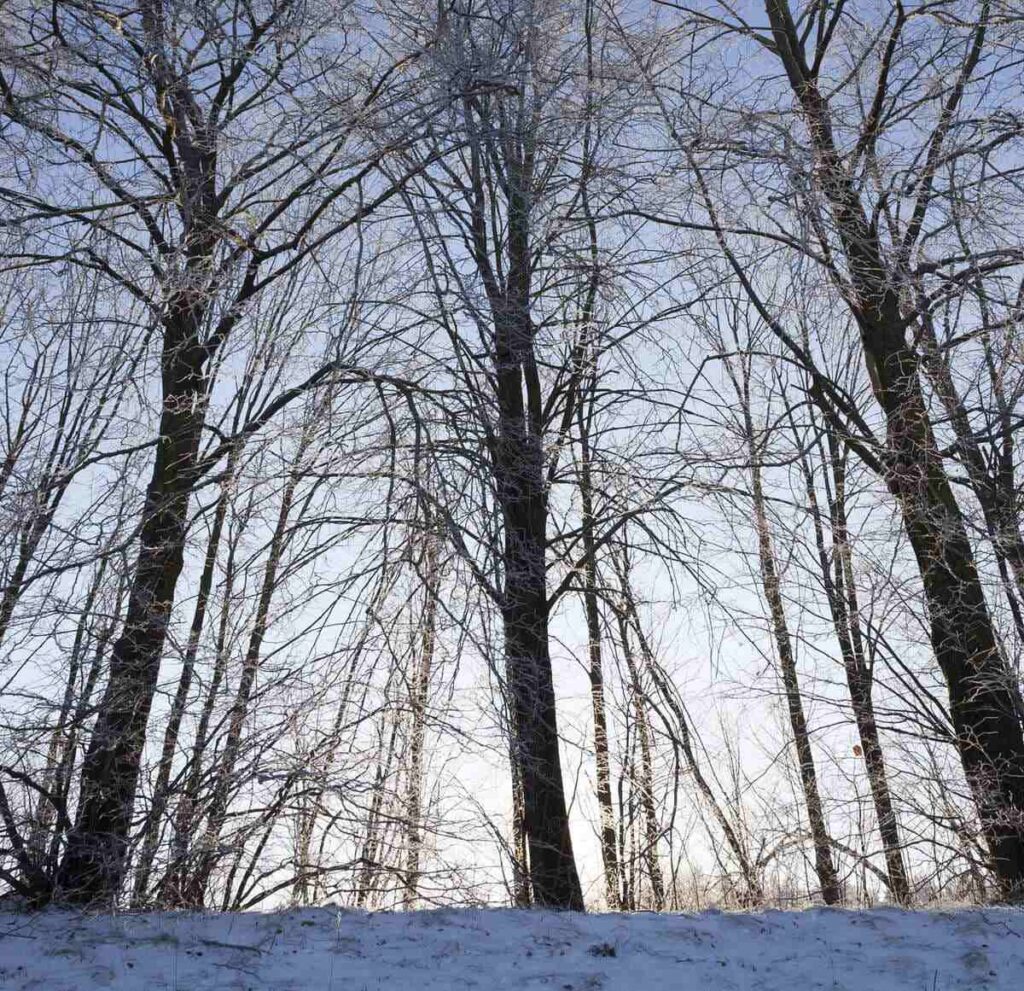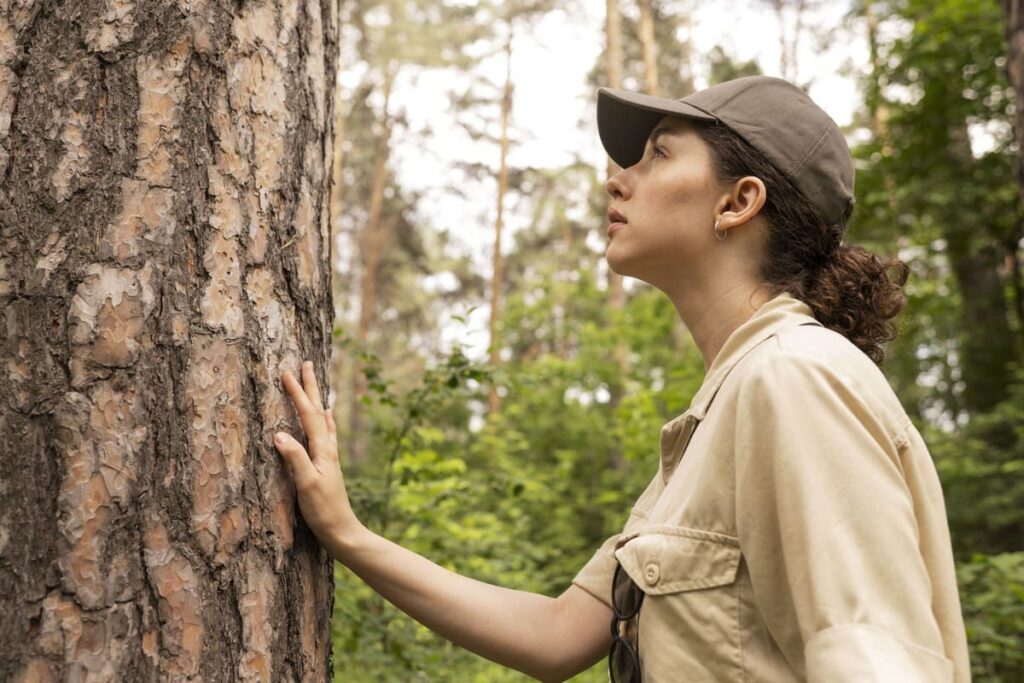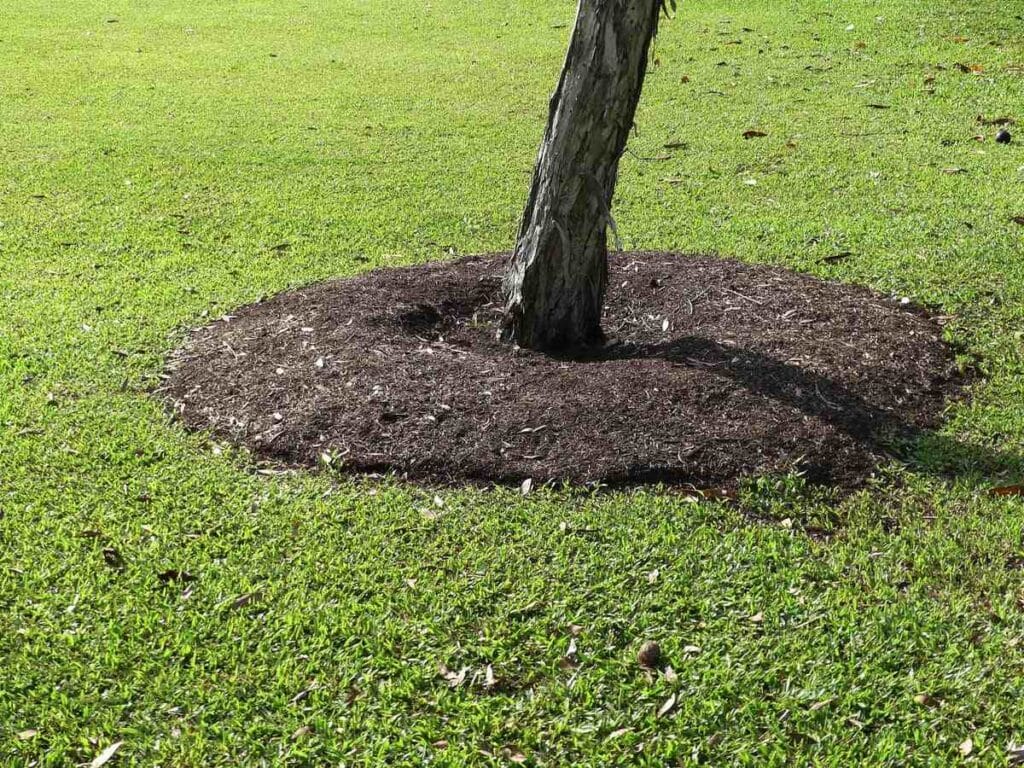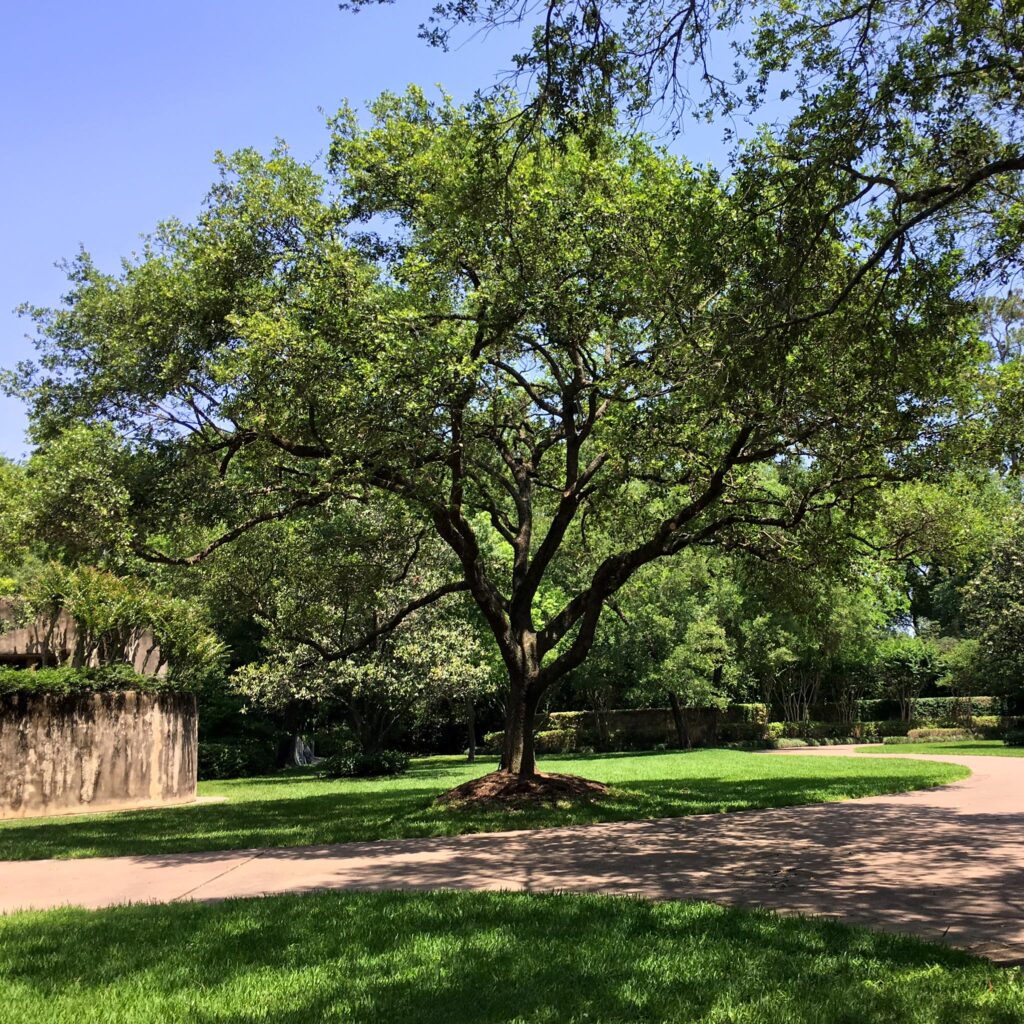
What happens with trees in winter? Will they die? We are often asked about this, which is understandable because many have trees for the first time and don’t have that experience.
Trees remain green, robust, and healthy all year round. But winter appears to be an exception since some trees can even look as if they were about to die. Winter is undoubtedly a rude season for trees. Although most of them won’t be affected, others can be severely damaged.
In this blog post, we’ll talk about trees in winter in deeper detail. Enjoy your read!
Maple, dogwood, and birch trees start losing their leaves because they are deciduous. And, during winter months, deciduous trees lose their leaves.
During winter months, deciduous trees go dormant. But what is dormant, and do only deciduous trees struggle with this? What about the others? Let’s see this in deeper detail in the sections below!

When winter approaches, you hurry to look for a jacket to withstand the inclement weather; this would be your defense mechanism against the winter. Trees also have a defense mechanism against winter called “Dormancy.”
Dormancy in trees is a crucial physiological state that allows them to withstand adverse environmental conditions, particularly during winter.
It is a period of slowed metabolic activity and reduced growth, marked by changes in the tree’s internal processes. It means that the tree is still alive but not actively growing.
As temperatures drop and daylight diminishes, trees undergo a series of biochemical alterations that prepare them for dormancy.
During dormancy, trees conserve energy by slowing down their metabolic functions. Growth processes, such as cell division and elongation, come to a halt, saving resources for the upcoming growing season.
The cessation of these activities is accompanied by the developing of protective structures like bud scales, which shield delicate tissues from harsh weather and potential desiccation.
Dormancy is not solely induced by temperature; it also responds to photoperiod cues. Shortened daylight signals trees to enter dormancy, irrespective of temperature conditions. This adaptation ensures that trees avoid the risk of growing during unfavorable conditions, reducing vulnerability to frost damage or dehydration.
Overall, dormancy is a survival strategy that allows trees to endure challenging periods, ensuring their long-term health and enabling them to resume growth and vitality when conditions become favorable again.
Do only deciduous trees go dormant?
No, deciduous trees are not the only ones that go dormant because all trees go dormant; the deal here is that not all lose their leaves. Generally, this only happens with deciduous trees. Therefore, it is easier to identify that a birch tree, for example, has entered a dormant state.
On the other hand, Evergreen trees won’t lose their leaves because they have different defense mechanisms. In fact, the leaves of the evergreen trees are the ones that will protect them from the winter because of their waxy texture.

Although they do their best to withstand the winter months with their defense mechanism (dormancy), some trees need an extra helping hand to survive winter.
Yes, you can help your trees withstand winter. As you can cover yourself with a jacket or a warm blanket, you can also cover up your tree. How so?
If you were thinking of putting a blanket over your tree, then let me tell you that, sadly, it is not like that. Instead, what you can do is apply mulch.
As said in our article about Winter Tree Care, if you want to provide your trees with a helping hand, start by applying mulch around them. In this way, you will help it hold the heat because a layer of mulch helps insulate the soil and tree roots, protecting them from extreme temperature fluctuations.

The more you know about your tree and its behavior, especially in harsh seasons such as winter, the better decisions you will make about it. I mean, how can you take care of your trees in winter if you don’t even know what’s happening with them?
As you already know, trees in winter go dormant, which is where they slow down their metabolism and other internal processes to conserve energy. This is to survive winter.
Although under normal conditions (if your tree is healthy and even you used some methods like mulch to help him), it won’t die or get damaged.
Under normal conditions, your tree will come out of dormancy in 60 days without any damage.
However, if your tree has been severely damaged, don’t hesitate to contact Tree Care Professional; we are trained to save dying trees. So rest assured that our specialists will handle the situation and will return your tree to its normal stage.
Click on the Facebook icon to share this article!